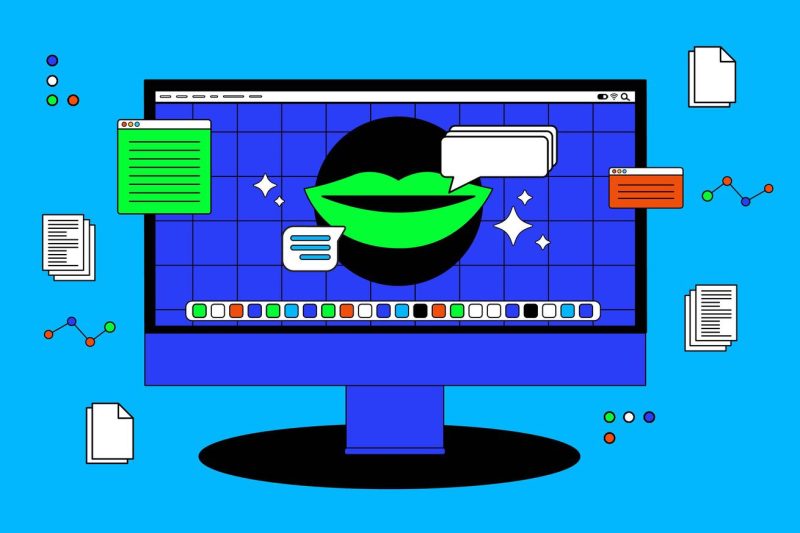In the futuristic world of Artificial Intelligence (AI) technology, chatbots are increasingly being utilized to revolutionize the way education and learning are delivered – making chatbots the new teachers of the digital era! Traditionally, teachers have been seen as the primary source of knowledge dissemination in classrooms, but the advent of chatbots in education presents a groundbreaking shift in the dynamics of teaching and learning.
1. Virtual Classrooms and Instant Guidance
Chatbots are designed to provide immediate assistance to students, offering valuable explanations and guidance at any time of the day. This instant access to information is particularly beneficial for students who require additional help outside of regular school hours. The ability of chatbots to interact in real-time enables students to receive personalized support, making learning more engaging and effective.
2. Personalized Learning Experience
One of the most significant advantages of using chatbots as educational tools is their ability to tailor content to meet the unique learning needs of individual students. By analyzing student responses and performance, chatbots can offer personalized learning experiences that cater to each student’s specific strengths and weaknesses. This personalized approach enhances student engagement and fosters a deeper understanding of the subject matter.
3. Accessibility for All Learners
Chatbots in education have the potential to bridge the gap in educational access for learners with diverse needs. Students with disabilities or learning difficulties can benefit from the inclusive nature of chatbots, which can provide specialized support and accommodations to meet their individual requirements. This ensures that all students have equal opportunities to learn and succeed, regardless of their learning challenges.
4. Continuous Learning and Assessment
Chatbots can offer continuous assessment and feedback to students, tracking their progress and providing insights into areas that require improvement. This ongoing feedback loop helps students monitor their learning journey and identify areas for further development. Additionally, chatbots can generate quizzes, interactive exercises, and educational games to reinforce learning and facilitate a deeper understanding of the subject matter.
5. Enhanced Teacher Efficiency
While chatbots are not intended to replace human teachers, they can serve as valuable assistants in the teaching process. By handling routine tasks such as answering common questions, providing resources, and grading assignments, chatbots free up teachers to focus on more complex and interactive aspects of teaching. This allows teachers to devote more time to developing innovative teaching strategies and fostering meaningful student-teacher interactions.
In conclusion, the integration of chatbots in education represents a significant evolution in the way learning is delivered and accessed. By harnessing the power of AI technology, chatbots have the potential to transform traditional educational practices, making learning more personalized, accessible, and engaging for students of all backgrounds. As chatbots continue to evolve and enhance their capabilities, they are set to become indispensable partners in the educational journey, shaping the future of teaching and learning in the digital age.

